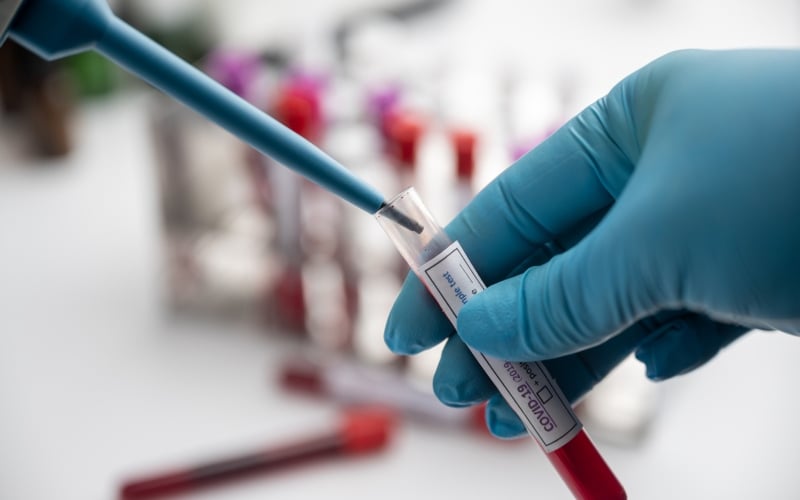CANNABIS CULTURE – “I think a lot of times with sex and gender research, there’s so much focus on the differences, which are often quite minor,” says Dr. Justin Matheson of the Centre for Addiction and Mental Health based in Toronto, Ontario. “There’s not a lot of focus on the similarities, which are quite substantial.”
Matheson is part of a team using a combination of online surveys and in-person interviews to understand how cannabis is being used by the 2SLGBTQ+ community who have other addictions. The team will explore whether cannabis is being used to cope with symptoms of stress related to cultural discrimination, or to substitute for other substance use.
This study, along with 18 other research projects, is part of a grant provided by the Mental Health Commission of Canada intended to promote research into the relationship between cannabis and mental health.
“We know that men are a lot more likely to use cannabis and are more likely to be diagnosed with the cannabis-use disorder than women,” says Matheson. “Which is actually sort of the opposite of what we would predict from the animal literature, which suggests that female animals are more sensitive to cannabinoids and find THC and other cannabinoids more rewarding.”

“As soon as you start introducing multiple factors into your study, it’s really complex to sort of disentangle the relationships there,” says Matheson. “And the relationship just independently of sex, gender, and sexuality, regardless of cannabis, it’s already very complex.”
Matheson says since we see this disconnect between studies in animal models and human surveys suggests that there could be social or cultural factors impacting cannabis use and is likely related to gender.
Sex deals with physical features including chromosomes, gene expression, hormone levels and function, and reproductive/sexual anatomy. Gender refers to the socially constructed roles, behaviors, expressions, and identities of human beings.
“When I was an undergraduate, I was one of those insufferable science majors who felt like science was the most important thing ever and was critical of humanities and social sciences.” says Matheson. “What led me into the gender piece, was how often I would read papers that would speak to sex differences, and there was always some mention of gender as a role but that was just a thought put out there. It was never empirically tested, and I never saw any studies that were really integrating concepts of both sex and gender.”
For a trait like gender, scientists have had to dig deep to find the answers—even all the way down to our DNA—to look at factors like gene expression to quantify gender. One Texas-based biologist, Dr. Karissa Sanbonmatsu, is looking at how DNA activity can radically and permanently change even though the sequence stays the same.
In a 2018 TED talk, Sanbonmatsu likened DNA to a long string that winds up inside of our cells. She explained that because there is so much DNA inside of us, it sometimes gets tied up into knots, and external factors change how those knots are formed.
Sanbonmatsu said, “One of the stunning things about our cells is that the components inside of them are actually biodegradable; they dissolve, and they are rebuilt every day. Kind of like a carnival where the rides are taken down and then rebuilt every single day.”
However, DNA does not dissolve; for it to form a memory, it must change somehow and creates these knots.
Stress causes hormones flood our brain. These hormones don’t affect the makeup of a DNA string, but they do affect the way it forms knots, which may not allow the carnival builders to build the machines used to reduce stress. This can lead to an individuals’ inability to deal with stress.
Sanbonmatsu is a transgender woman and said this is what she believed was happening inside of her body during her transition. “I knew I was a woman on the inside, and I wore women’s clothes on the outside, but everyone saw me as a man in a dress.”
For most of his life, Matheson was an insecure and anxious person, but after reading more into theories on gender and taking time during the pandemic for self-reflection, he discovered that he identified as non-binary. He goes by “he/him” in his professional life and “they/them” in his personal life.
“I feel I’m becoming good at something that I’ve wanted to do since I was a kid and it’s giving me a grounded sense of confidence,” says Matheson. “But also, at the same time the longer I stay in science, the more I realize how little we know about anything, and how little I know about anything. And it’s that kind of yearning for knowledge that keeps me going.”
Original Article










